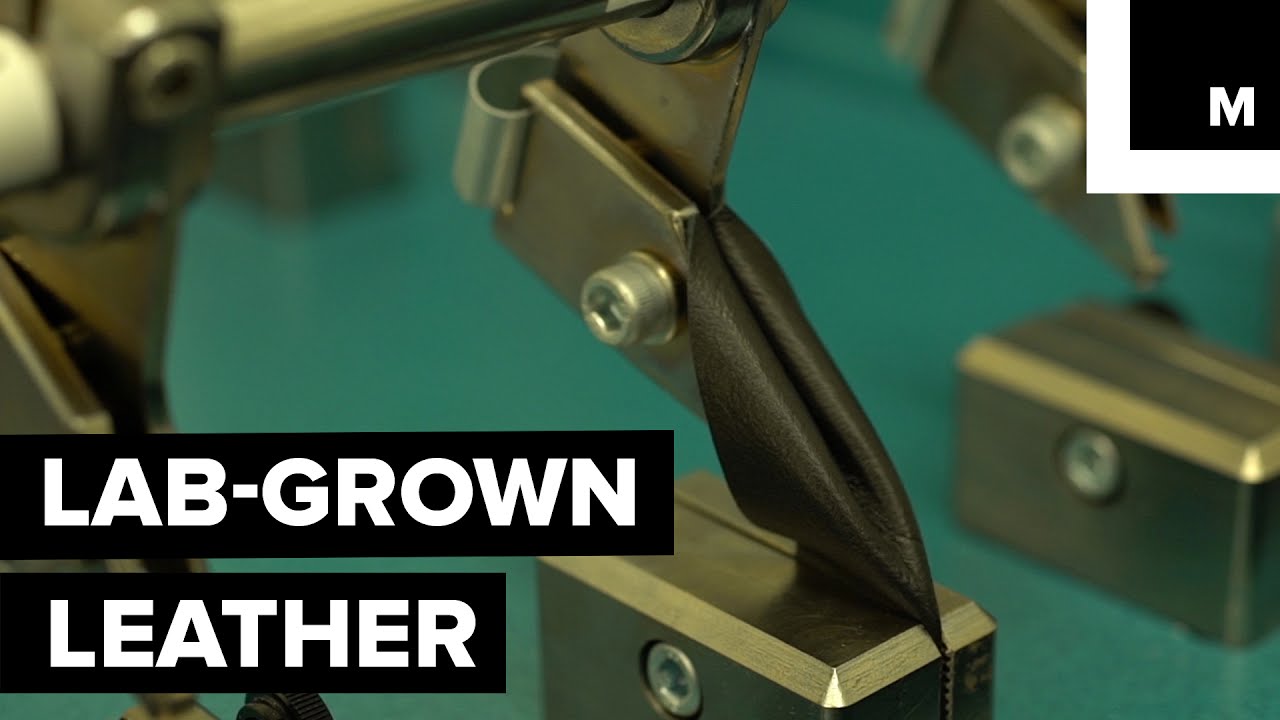Leather is a material like no other. Since we first clothed ourselves in animal skins, leather has been prized for its beauty, its functionality, its enduring status. Today leather is a co-product of the meat industry, subject to fluctuations in availability, quality, price, and ever-increasing demand.
Leather is the tanned skin of an animal. Cow, pig, sheep, alligator and more. Regardless of animal type, the main component of skin is collagen. The resulting hide is constrained by the size and shape of the animal while its quality is dictated by how the animal is raised.
Leather has traditionally been used in shoes, in accessories, in furniture, and in transportation. There is a massive demand for it. There’s also a great demand for animal-free leather.
Tanning leather is a big ecological mess. Traditionally, hides are tanned in urine (the smell is unbelievable!), now they use chemicals that need to carefully treated as waste.
But now yow you can grow leather in a petri dish. These biofabricated materials are made using microbe cells that produce collagen, the main ingredient in skin. Brooklyn-based startup, Modern Meadow, claims there’s huge demand from brands and designers to experiment with custom animal-free leather products. Growing leather without an animal might seem futuristic but biofabrication enables us to grow nature’s materials using living cells instead of animals. We can grow collagen, a protein you find in animal skin, from which we create a biofabricated leather material.
Meet ZOA. Click for more. I can’t wait for it to hit the market.
